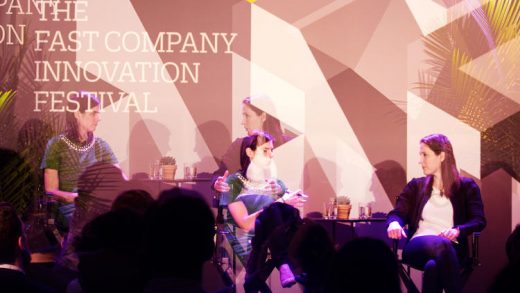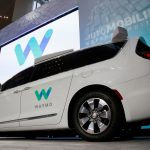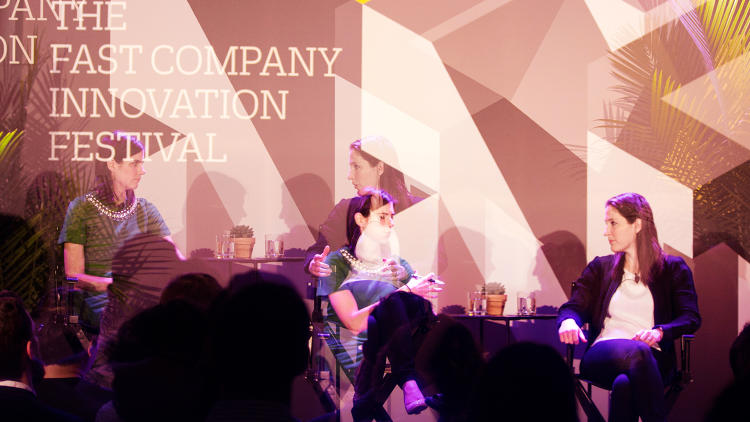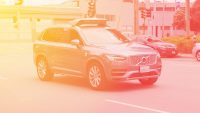Uber’s GM For North America Talks About The Future Of Transportation
A fleet of driverless taxis has already hit Pittsburgh. It’s anybody’s guess what transportation will look like in 10 years. Perhaps every car will be autonomous or perhaps everyone will use hired services to get from point A to point B and be less reliant on their own vehicles. There’s no way to know for sure, but Wednesday evening, Rachel Holt, Uber’s general manager, U.S. and Canada, sat down with Fast Company’s Sarah Kessler and discussed the transportation industry at the Fast Company Innovation Festival. The two talked about Uber’s history as a way to look toward what could come next.
Holt has been at the company since 2011—back then it was a 30-person startup—and watched it grow from a small black-car app to the transportation behemoth it is now. She helped build Uber’s D.C. team, which was made up of Holt and two others. She explained that having a small team make all the decisions for such a big region helped figure out how the entire business could work in similar cities. With individual teams in different cities testing out ways the app could grow, Uber was able to build programs that worked for myriad locations, according to Holt. “We had these A/B tests going on every day,” she said. “Someone else was trying something in L.A. and someone else in Paris.” This stratified strategy, she said, helped the company devise its future-looking programs.
This was the question that loomed over the conversation: What does the future hold for both Uber and transportation in general? It seems that more of this experimental testing, as well as some industry-wide collaboration, may be on the horizon.
“Our Willingness To Disrupt Ourself”
What has kept Uber going is what Holt described as self-disruptions. For example, the company launched Uber X at a time when Uber was focused on the higher-end black-car market. This new, cheaper offering cut the company’s margins and significantly lowered its going rate. “What we realized was, if we didn’t disrupt ourself someone else was going to,” Holt said. She added that this premise is what guided the company to launch Uber Pool and other products, like Uber Eats.
But these new business models are only incremental. The future that Holt envisions for Uber would use the company’s technology to expand beyond simply cab-hailing apps. Uber Eats, the company’s food delivery service, lays the groundwork for understanding how the company could be used for other transportation needs. “There’s ways you can imagine other businesses plugging in,” she said. Seeing the evolution of Uber Eats’ service has shown how the company can deliver things as quickly as possible. “We have the infrastructure in place,” she said.
Looking To New Technologies
The elephant in the room was driverless vehicles. We know Uber is bullish on the technology, seeing as it launched a fleet of self-driving cabs in Pittsburgh some months ago. But what is the future of this technology? “We are just at the beginning of the journey around autonomous vehicles,” Holt said.
Currently, drivers must be behind the wheel of the Pittsburgh fleet to ensure that no technological snafus occur that would harm passengers. But the hope is that soon that won’t be necessary. Holt added that this doesn’t mean drivers will become obsolete. “What we’ll have is a mixture of human-powered and autonomous vehicles,” she said. “Eventually, what we’d like to see is a world where there’s a mixture.”
But getting these vehicles on the street is no easy feat. Kessler asked Holt if she thought Uber would do the work itself or partner with another company like GM to scale the autonomous fleet operation. “I think, to be honest, it’s more likely we’re going to be partnered,” she said.
She added quickly that this is all just conjecture. “Right now, it’s a bit too early to tell.”
Fast Company’s Sarah Kessler (left) and Rachel Holt, Uber GM (U.S. and Canada), at the Fast Company Innovation Festival

Rachel Holt
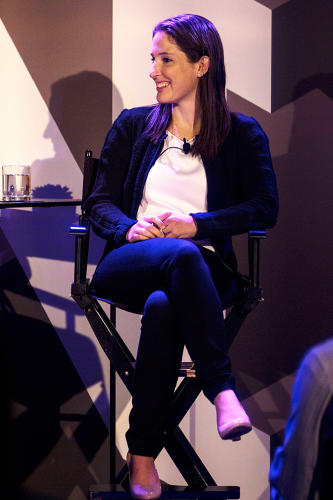
Sarah Kessler
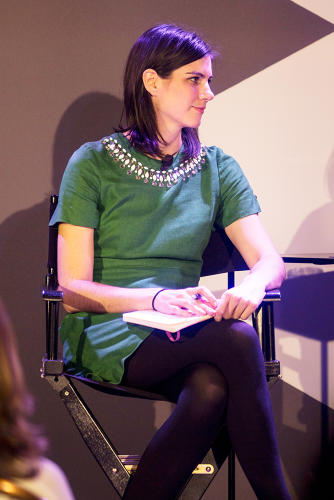
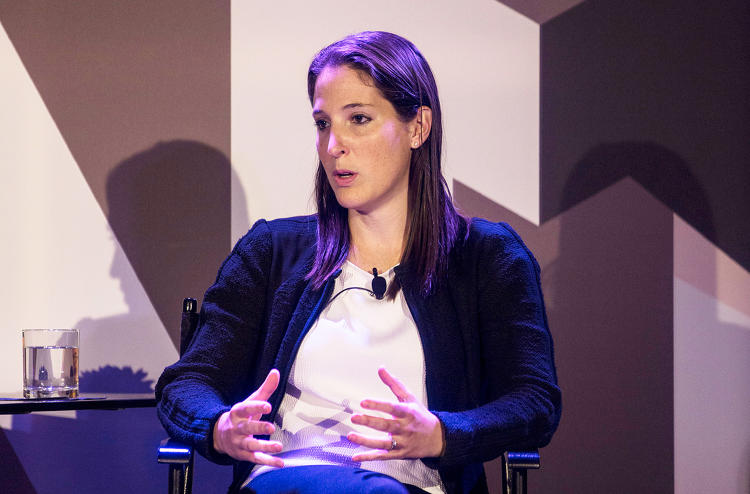
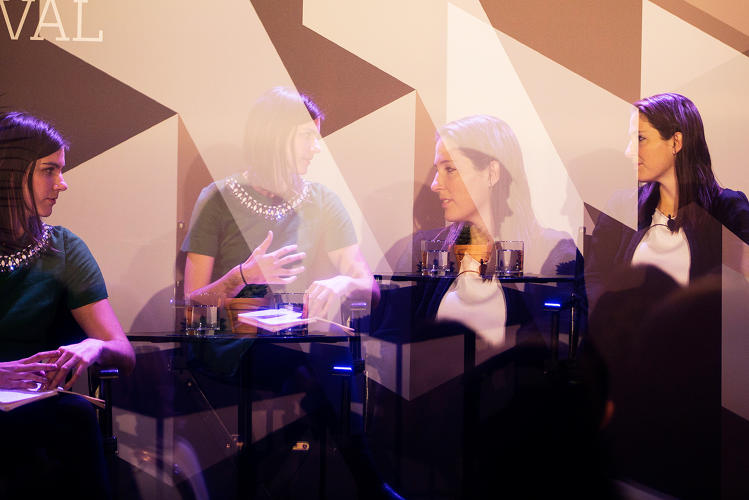
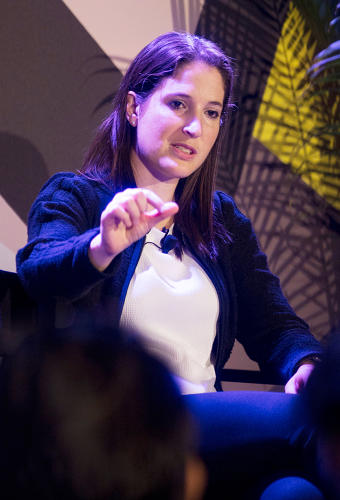
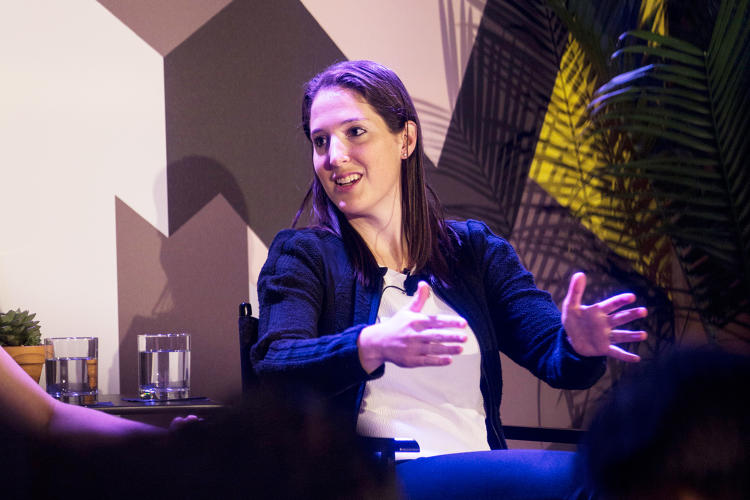
Fast Company , Read Full Story
(18)

